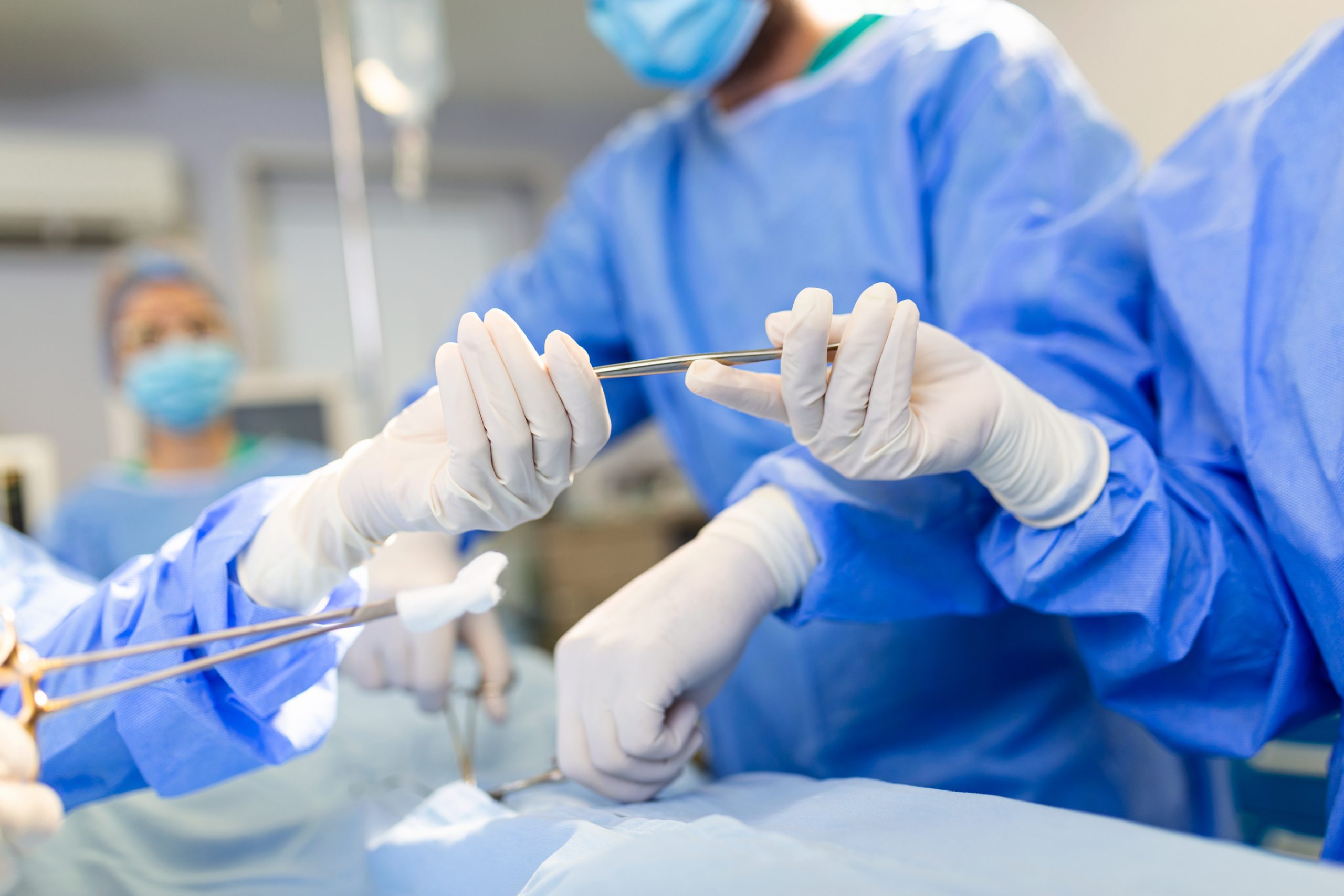

According to a new study published in JAMA Network Open, researchers and clinicians at the University of Pittsburgh and UPMC employed machine learning to design and implement a reliable and flexible model for predicting surgery complications in patients.
Prior to the COVID-19 pandemic, complications 30 days following surgery were the third largest cause of mortality worldwide, killing over 4.2 million people each year. Identifying high-risk individuals for complications before surgery is crucial to saving lives and minimizing health-care expenditures.
“Improving overall health of patients prior to surgery through prehabilitation can go a long way in improving outcomes for high-risk patients,” said Aman Mahajan, M.D., Ph.D., M.B.A., chair of Anesthesiology and Perioperative Medicine, Pitt School of Medicine, and director of UPMC Perioperative and Surgical Services. “However, identifying high-risk patients can be challenging for busy clinicians, who have to integrate the wealth of health data available and frequently perform additional testing and clinical assessments. We wanted to build an easy-to-use model that provides the health care team with an automated and accurate risk assessment quickly using existing data in the electronic health record.”
To develop the model, Mahajan and Oscar Marroquin, M.D., chief health care data and analytics officer at UPMC, and their colleagues trained the algorithm on over 1.25 million surgical patients’ medical records. The model focused on mortality and whether patients experienced a significant brain or cardiac event after surgery, such as a stroke or heart attack. The model was subsequently verified against another 200,000 UPMC surgery patients.
Following validation, the approach was implemented across 20 UPMC hospitals. Every morning, the computer scans the electronic medical record for patients scheduled for surgery and flags those deemed high-risk. This notification enables clinical teams to better coordinate care and implement some prehabilitation in advance of their operation, such as making healthier decisions or referring them to the UPMC Center for Perioperative Care, minimizing their risk of problems. Clinicians can also run the model on demand at any moment.
Mahajan and his team compared their approach to the American College of Surgeons’ National Surgical Quality Improvement Program (ACS NSQIP) to acquire a better grasp of how it compared to the industry standard. While the ACS NSQIP is utilized in hospitals across the country, doctors must manually enter patient information and cannot predict if information is missing. Mahajan and his colleagues discovered that their approach outperformed the ACS NSQIP at identifying high-risk patients.
“We designed our model with the health care worker in mind,” Marroquin said. “Since our model is completely automated and can make educated predictions even if some data are missing, it adds almost no additional burden to clinicians while providing them a reliable and useful tool.”
As the model is tweaked and extended further, Mahajan and his team hope to teach the computer to anticipate the possibility of sepsis, respiratory problems, and other complications that frequently detain patients in the hospital following surgery.
more recommended stories
 Circadian Control of Neutrophils in Myocardial Infarction
Circadian Control of Neutrophils in Myocardial InfarctionKey Takeaways for HCPs Neutrophil activity.
 E-Cigarette Use and Heart Attack Risk in Former Smokers
E-Cigarette Use and Heart Attack Risk in Former SmokersKey Takeaways for Clinicians and Nurses.
 36-Week Pre-eclampsia Screening May Reduce Term Risk
36-Week Pre-eclampsia Screening May Reduce Term RiskA New Preventive Strategy for Term.
 Cardiovascular Risk and Sudden Cardiac Death in Diabetes
Cardiovascular Risk and Sudden Cardiac Death in DiabetesRising Sudden Cardiac Death (SCD) Risk.
 Poor Kidney Function and Alzheimer’s Biomarkers Explained
Poor Kidney Function and Alzheimer’s Biomarkers ExplainedPoor kidney function may influence levels.
 Walking Speed Before Hip Replacement Predicts Recovery
Walking Speed Before Hip Replacement Predicts RecoveryNew Evidence Points to a Simple,.
 Neuroblastoma Drug Combo Extends Survival in Models
Neuroblastoma Drug Combo Extends Survival in ModelsA Promising Shift in High-Risk Neuroblastoma.
 Safer Allogeneic Stem Cell Transplants with Treg Therapy
Safer Allogeneic Stem Cell Transplants with Treg TherapyA new preclinical study from the.
 How Soybean Oil Impacts Weight Gain and Metabolism
How Soybean Oil Impacts Weight Gain and MetabolismWhy Soybean Oil May Affect Metabolism.
 Coffee and Cognitive Function: Evidence Review
Coffee and Cognitive Function: Evidence ReviewA new narrative review in Cureus.

Leave a Comment